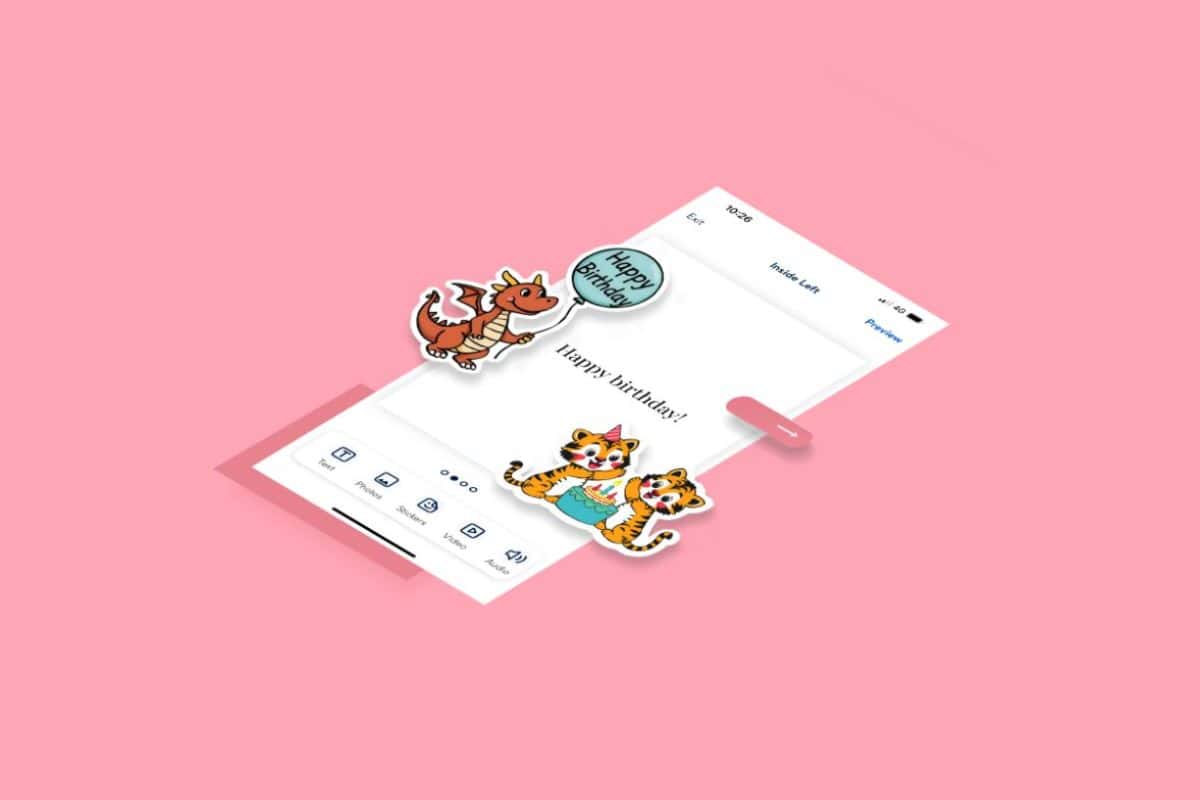Despite a quarter of European shoppers using the web to research products and look at retail websites, 55% still don’t regularly buy on PC, mobile or through other digital channels, suggests a study out this week by Forrester.
According to the report, regular ‘digital holdouts’ – those that refuse to use digital channels to actually buy things on anything approaching a regular basis – out number all other users. ‘Traditional’ online users account for 26% of users, online researchers 25%, mobile users 4% and ‘super shoppers’ who use all channels very frequently, 15%. Those that do no digital shopping make up 30%.
So what can retailers do? The key believes Forrester is to engage those that are using online to research products and try and convert the number of these that then don’t buy or don’t buy online into digital shoppers. But more tellingly, Forrester recommends that eBusiness professionals use digital channels to drive up all sales from all users.
However, the research also suggests that there is no single ‘pan-European’ solution to the issue, with each country performing very differently. “eBusiness professionals must understand key nuances in shopping behavior across European markets to create the most relevant shopping experience for their target consumers,” says Michelle Beeson, the report’s author.
“For instance, Sweden has the most ‘Holdouts’ and ‘Researchers’ of the seven European markets considered in this report, despite being a digitally engaged nation,” she says. “The UK continues to have the greatest proportion of ‘Traditional Web Shoppers’. Yet Italian shoppers are edging ahead of other European markets when it comes to researching and buying across multiple devices as ‘Super-Shoppers’.”
And it is these ‘Super Shoppers’ that are increasingly being targeted by retailers to up overall sales, since they are hitting stores through every touch point.
“Growth of the Super-Shopper segment is more apparent in other global markets than in Europe,” says Beeson. “In the US, Super-Shoppers account for over one quarter of the segmentation versus 15% across Europe.”
However, multi-touchpoint shoppers are emerging across Europe. The growth of Super- Shoppers is particularly apparent in Italy and Spain, despite these being markets that have historically had lower online buyer penetration compared with the rest of Europe. And multi-touchpoint shoppers are often more valuable customers, opines Beeson.
However, Super-Shoppers in Southern Europe have yet to follow this pattern, with the same average online spend as Traditional Web Shoppers, while Super-Shoppers in all other European markets spend significantly more.
So what do you need to do? “Delivering a unified experience across all touchpoints is becoming table stakes,” says Beeson. “eBusiness professionals must optimize the entire purchase journey to ensure customers do not turn to their competitors after researching with them online. Allow your customers to transition easily between touchpoints along the path to purchase by embracing the online researcher mentality through more click and collect services; provide a consistent approach across touchpoints; optimize for mobile; and enhance for in-store experiences.”








